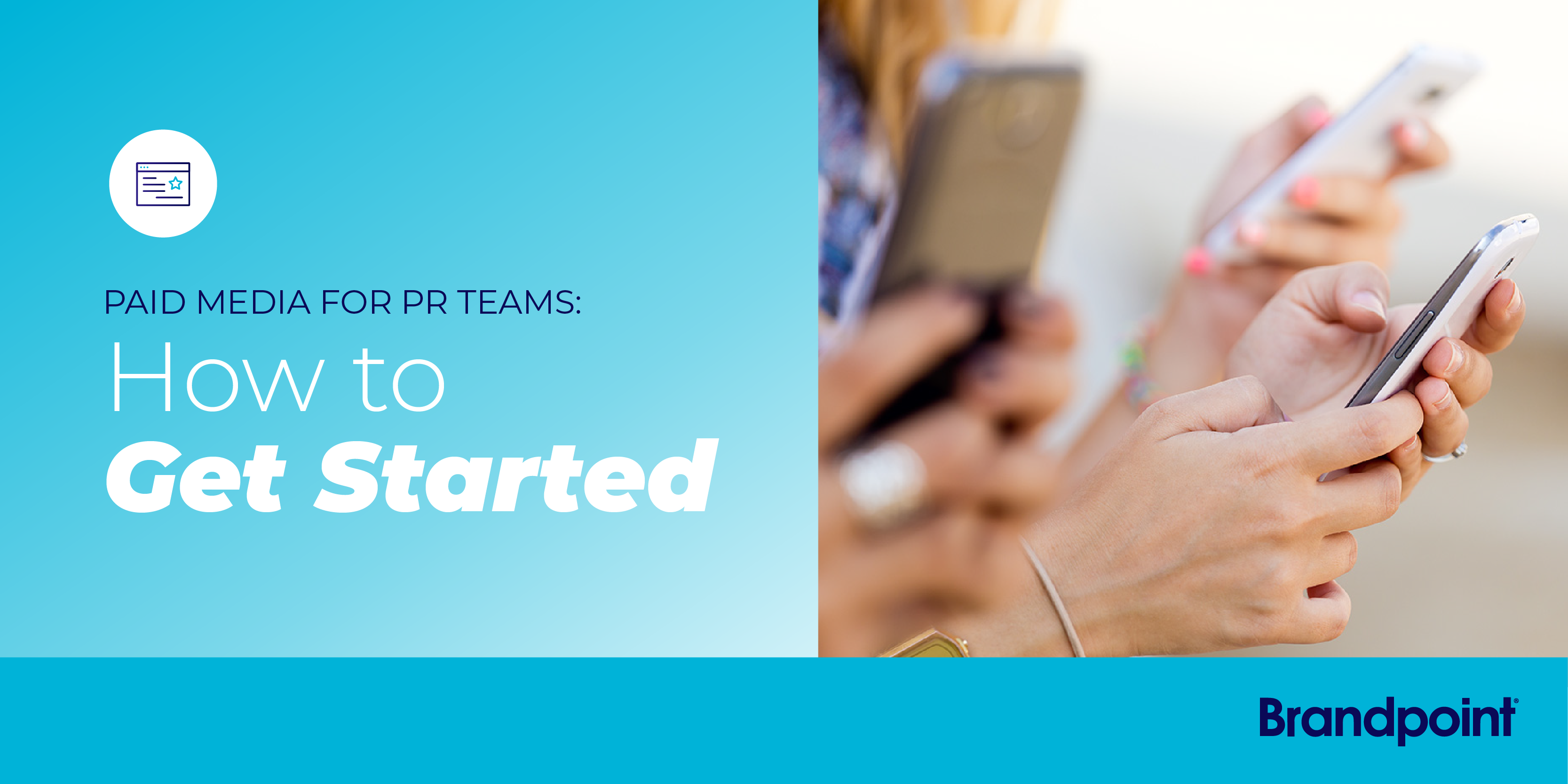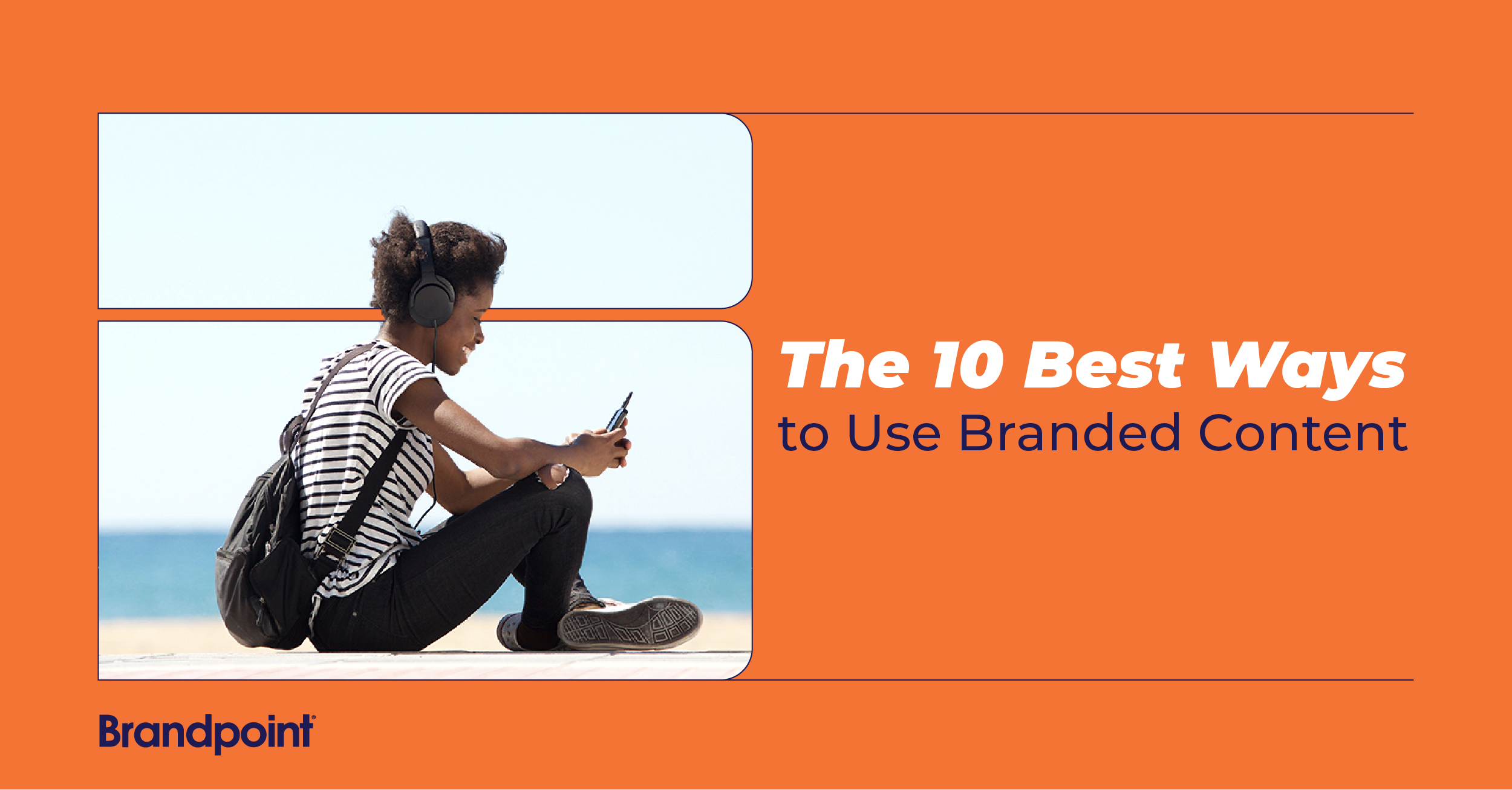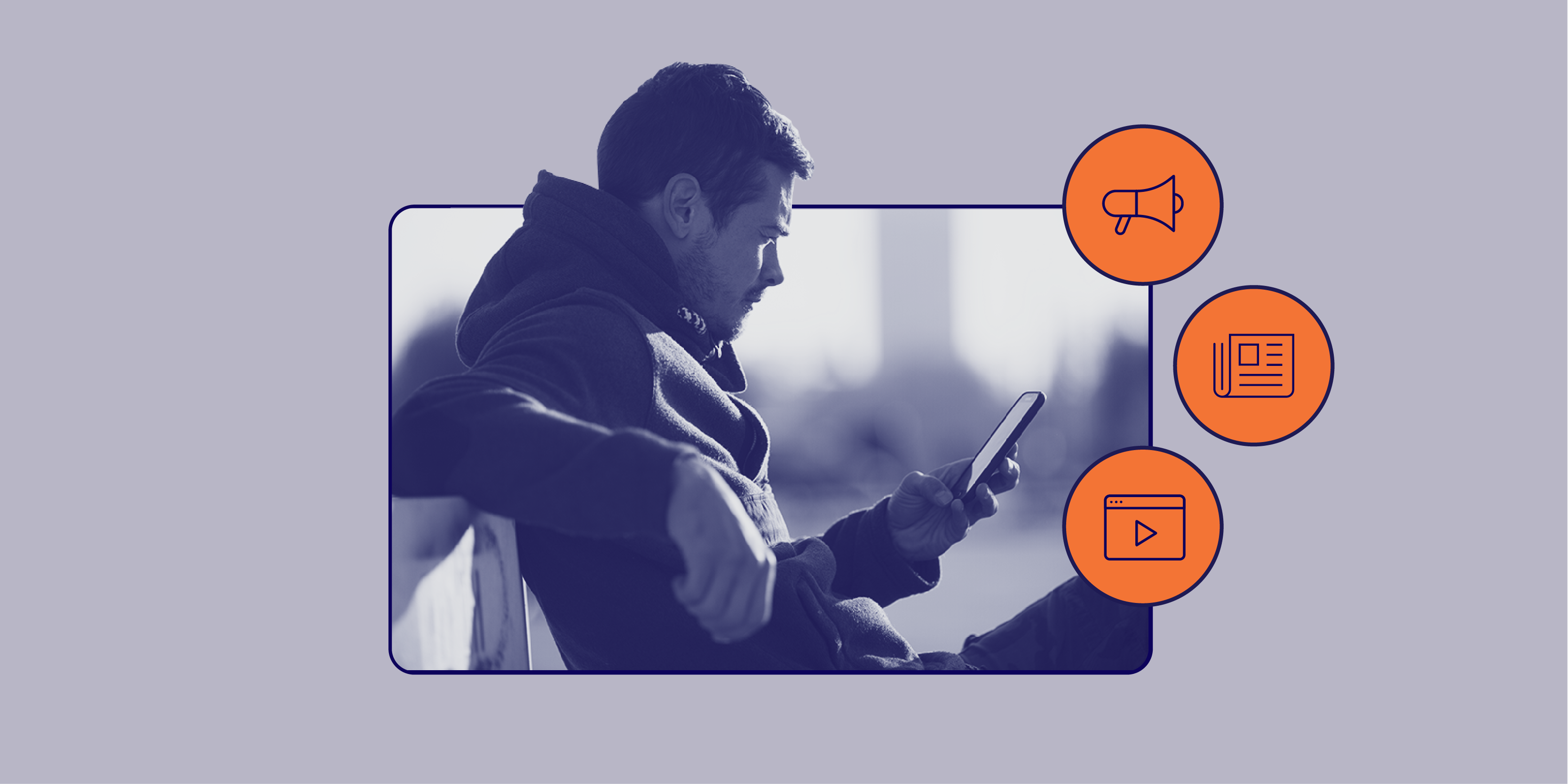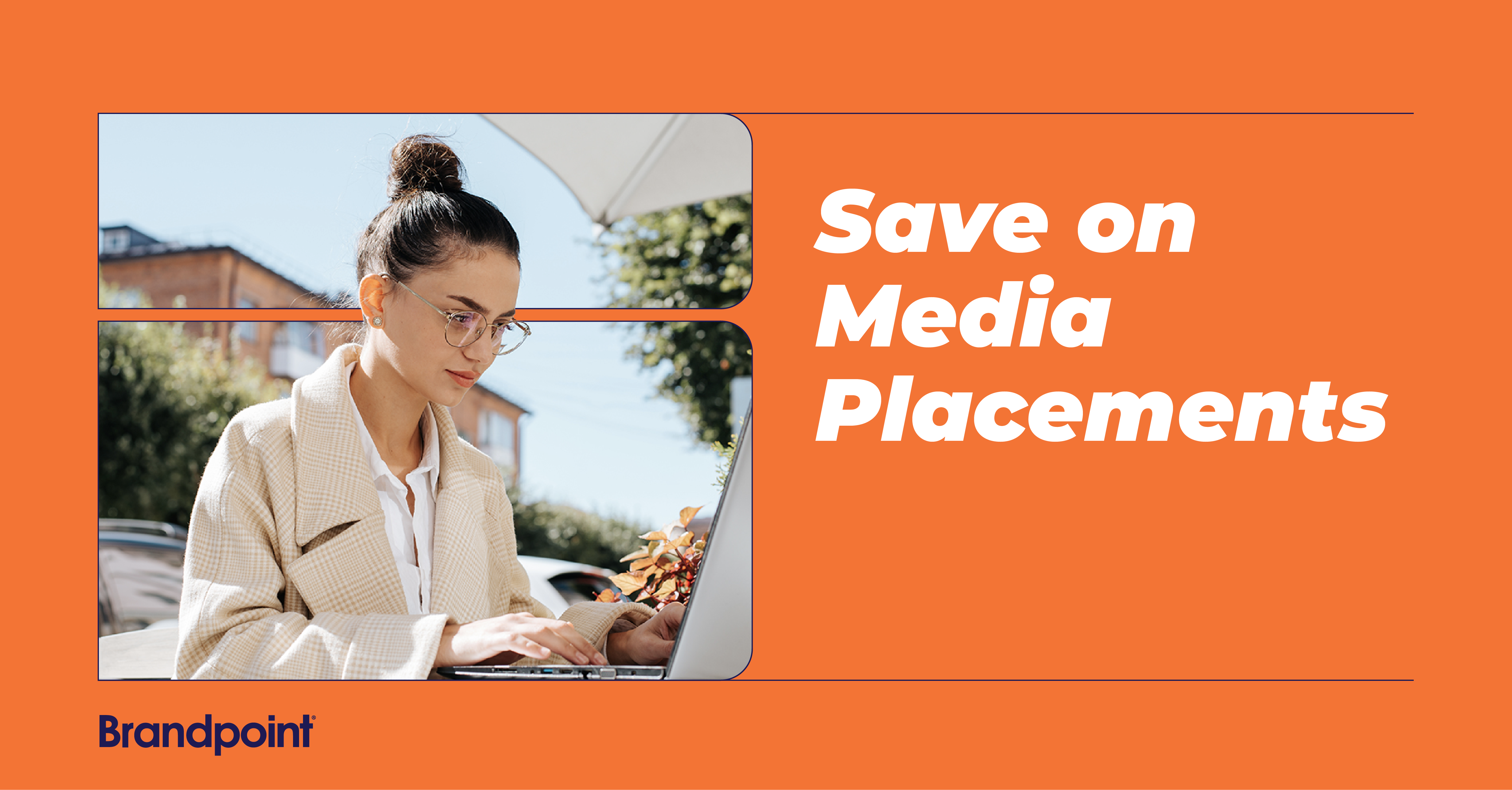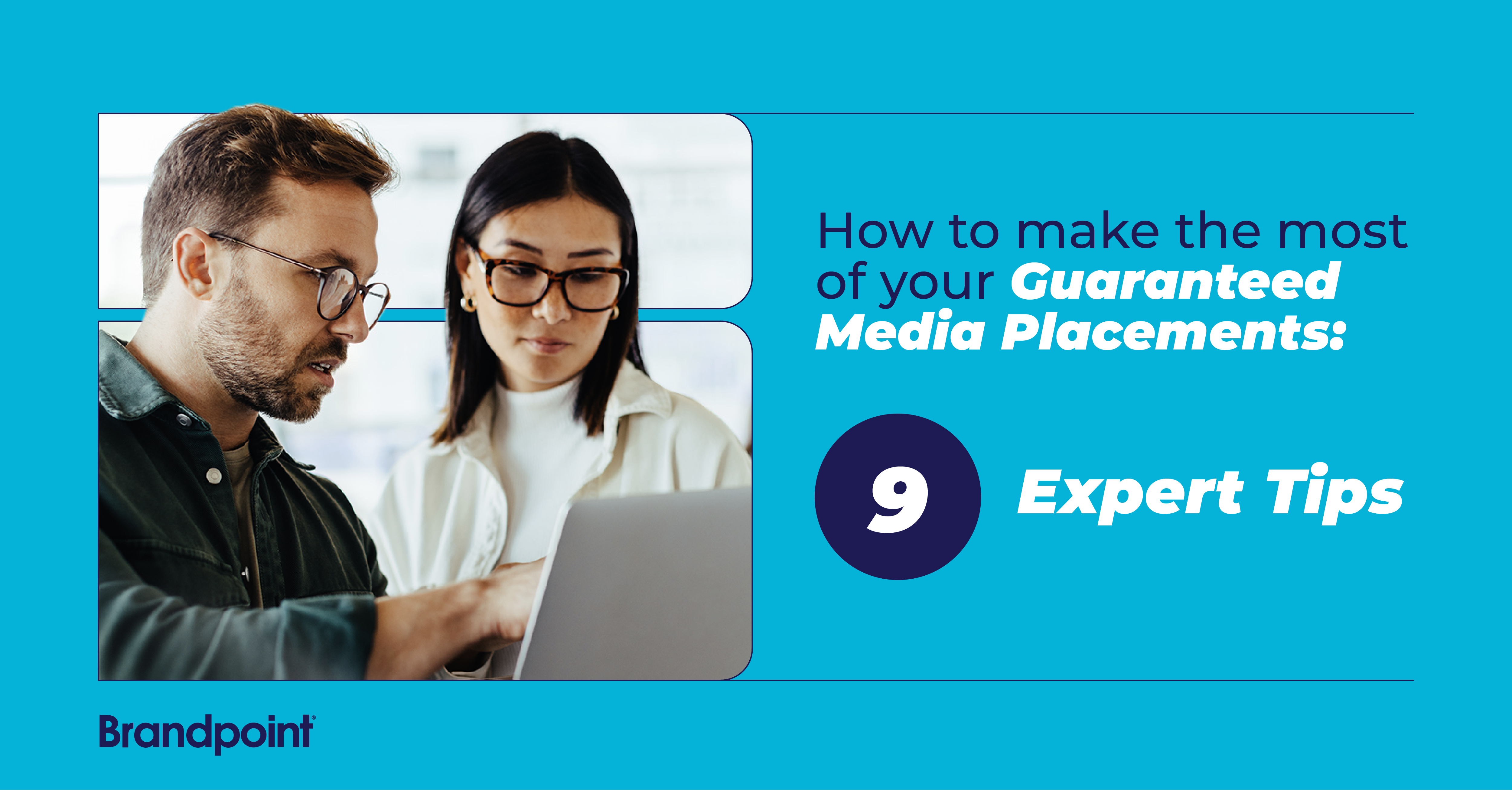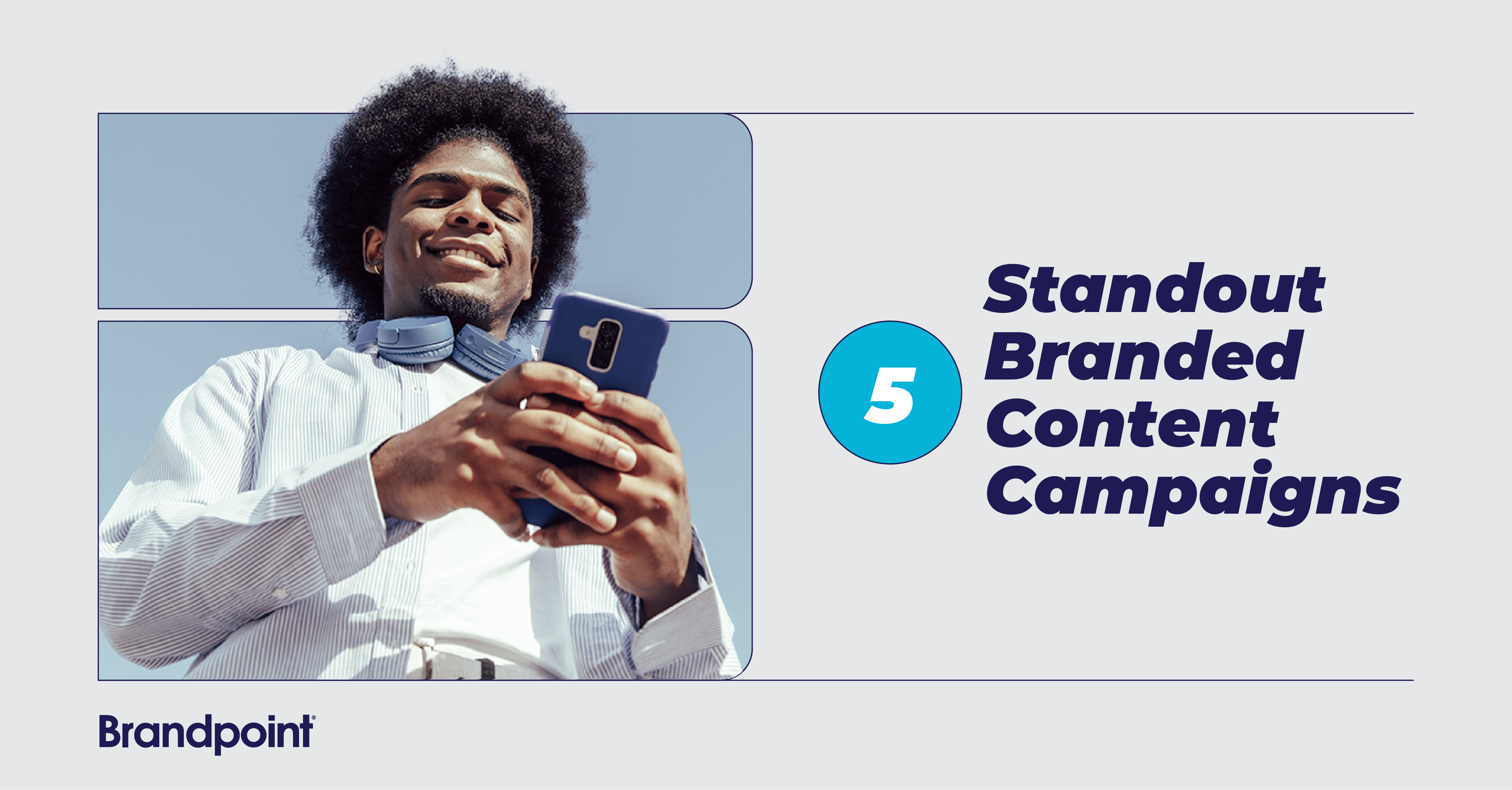In the realm of content promotion, Guaranteed Media Placements are the key to reaching your target audience effectively. Two highly effective strategies for achieving this are native ads and sponsored content. In this blog post, we’ll explore two different levels of approaches to harness the potential of media placements.
And in case you need a refresher, or are new to the concepts of native ads and sponsored content, check out our previous blog post where we delve into their definitions and differences and explain why incorporating both into your paid media strategy can be a game-changer.
Level One: Getting started
- Understand your audience. Begin by thoroughly researching your target audience. Who are they? What are their interests and preferences? Knowing your audience is crucial for crafting content that resonates with them.
- Identify suitable platforms. Determine which media platforms your audience frequents. Are they active on social media, news websites or industry-specific forums? Select platforms that align with your audience’s online behavior.
- Craft engaging native ads. Native ads seamlessly blend with the content on the platform, making the ads less intrusive and more engaging. Create native ad content that provides value to the reader while subtly promoting your brand or product. For instance, consider Spotify, a platform that offers solutions for the streaming era. Spotify Advertising allows you to create and manage ads in minutes, providing access to expanded targeting, reporting and creative capabilities.
- Choose the right content format. Native ads can take various forms, including articles, videos and infographics. Select the format that best suits your message and resonates with your audience. On Spotify, you can explore audio ads, video ads, podcast ads and custom ads, like a clickable display ad on Spotify’s homepage, each tailored to engage listeners on any device and in various environments. By choosing the right content format, you can make your native ads more appealing and relevant to your target audience, increasing their effectiveness in media placements.
[Read More: Paid Media for Beginners: How Do I Use Native Advertising & Sponsored Content?]
Level Two: Intermediate strategies
- Establish partnerships. Forge partnerships with reputable publishers, websites or influencers in your niche. Collaborate to create sponsored content that provides valuable insights and aligns with your brand’s message. Consider using our industry-leading distribution network and get premium publishers to share your content with their followers.
- Create quality sponsored content. Sponsored content should be informative, entertaining and relevant to your audience. Avoid blatant sales pitches; instead, focus on addressing your audience’s pain points and offering solutions.
 [Source]
[Source]
In an example of sponsored content by HubSpot, the focus is on encouraging people to try out their free Customer Relationship Management (CRM) system. HubSpot’s approach aligns with the principles of effective native advertising:- Give people a no-brainer. HubSpot presents two options to the audience — spending hours manually entering data into a spreadsheet or signing up for their free CRM. The second option is a no-brainer because it offers a clear advantage by saving the user a significant amount of time. Who wouldn’t prefer an easier and more efficient solution over tedious spreadsheet work?
- Show (and tell). HubSpot goes beyond just telling people that using spreadsheets can be time-consuming and frustrating. They take it a step further by showing a video in the background of the ad that illustrates the chaos and complexity of manually entering data into spreadsheets. This visual demonstration effectively conveys the message that their CRM offers a simpler and more user-friendly alternative.
- Give people a guarantee. Transparency and honesty are essential in advertising. HubSpot ensures clarity by guaranteeing that their CRM is 100% free and will remain so indefinitely. This guarantee builds trust with prospects, as they know exactly what they’re getting without any hidden costs or surprises.
HubSpot’s sponsored content exemplifies how to create compelling native ads that resonate with the audience and motivate them to take action, all while maintaining transparency and offering a clear value proposition. - Promote ethically and transparently. Transparency is essential in sponsored content. Clearly label your content as “sponsored” or “promoted” to maintain trust with your audience and comply with advertising regulations.
- Monitor and optimize. Continuously monitor the performance of your media placements. Track metrics such as click-through rates, engagement and conversions. Use these insights to optimize your future placements.
- Always repurpose! You should always think about ways to use your organic and social media content for paid media tactics. Here is an article with one of our partners about how she maximizes her content by utilizing multiple channels.
Measuring paid media success
Now that you’re well versed in the art of media placements through native ads and sponsored content, it’s time to assess the effectiveness of your efforts. Measuring success involves tracking a set of key performance indicators (KPIs) that align with your specific objectives. Here’s a breakdown of the essential metrics to keep an eye on:
- Engagement metrics. Dive into the data to understand how your audience interacts with your content. Monitoring likes, shares, comments and overall engagement helps PR teams gauge how well their content connects with the audience and sparks conversations. Engaged audiences are more likely to absorb key messages and amplify PR efforts through word-of-mouth.
- Conversion rates. Conversion is the ultimate goal. You can assess how effective your media placements and content are at motivating audiences to take desired actions. Calculate your conversion rate to determine the percentage of engaged users who complete these actions, providing valuable insights into your content’s impact on driving conversions.
- Audience growth. Expanding the reach of PR efforts is a common goal. PR teams work to attract new audiences and increase the following on social media, subscriptions to newsletters or website traffic. Tracking audience growth helps you evaluate the campaign’s ability to extend its reach and engage with fresh prospects.
- ROI analysis. PR professionals need to demonstrate the value they bring to the organization or client. By calculating ROI, you can showcase the impact of your media placements, content creation and outreach activities in terms of tangible benefits, such as increased sales, improved brand perception or higher event attendance.
[Read more: 3 Takeaways for the Next 3 Years for PR Industry!]
Let’s maximize your Guaranteed Media Placements!
At Brandpoint, our team is dedicated to maximizing your Guaranteed Media Placements and helping you achieve your branded content solution goals. Reach out today to explore how we can assist you in optimizing your media placements and effectively connecting with your target audience!
[Read more: Understand Generation Z on Social Media!]

